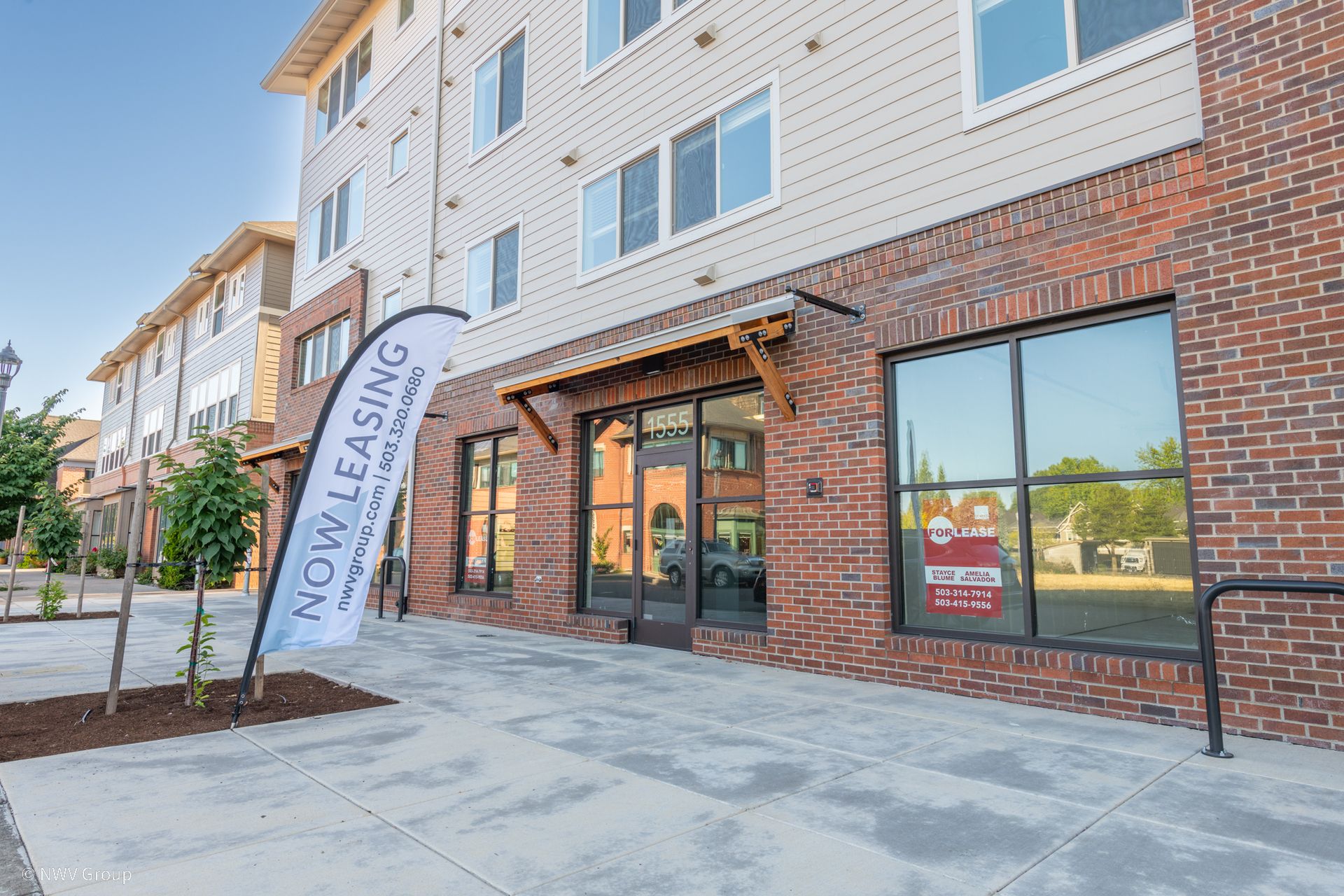
As we move through the summer of 2025, many Portland-area landlords and property managers are expressing a growing sense of frustration. The anticipated summer leasing rush has seemingly come and gone early — peaking unexpectedly in the spring and leaving many units lingering on the market into July. With leasing traffic softening and economic uncertainty still looming large, the multifamily rental market is clearly facing unique seasonal and structural challenges.
Let’s explore what’s happening in Portland’s rental market — and why this year’s leasing season has felt out of step.
A Spring Spike in Activity
Zillow’s Multifamily Local Market Report for the Portland-Vancouver-Hillsboro area paints a telling picture of 2025’s shifting leasing trends. From January to May 2025, digital activity surged across nearly every key metric:
Total Views on Listings grew from 2.37M in January to 2.48M in May
Total Leads nearly doubled, climbing from 46,913 in January to 70,427 in May
Average Leads per Property peaked at 36 in May
Total Website Referrals held steady above 66,000 monthly
Average Unique Users per Property hit a high of 284 in March
But by June, those numbers dipped:
Total views dropped to 2.24M
Leads declined slightly to 69,560
Average views per property fell to 1,098, down from 1,276 in May
Average unique users per property plummeted to 190, the lowest since December 2024
This pattern suggests that the leasing season may have peaked March through May, leaving summer with diminished momentum.
Market Conditions: Demand vs. Supply
While the online metrics tell one story, deeper market fundamentals add more context.
According to ALN Apartment Data’s June 2025 report:
Occupancy for conventional properties rose modestly to 92.0%, a 0.6% increase year-over-year
Over 4,384 new units were added annually, with 5,062 units absorbed, reflecting a healthy but competitive absorption pace
Average effective rent climbed to $1,776, a modest +2.1% annual increase
Concessions were still common: 27% of properties were offering incentives, with the average package around 7.3%
Despite rent increases, property owners have had to keep up concessions to move inventory — an indicator that supply is still outpacing demand in several submarkets.
Additionally, stabilized properties showed even higher occupancy at 95.2%, but those gains weren’t evenly distributed. Areas like Yamhill County (97.1%) and Cowlitz County (98.6%) outperformed core Portland neighborhoods like West Portland (90.2%), hinting at renters seeking value in peripheral areas.
Why Did the Season Shift?
While experts are scrambling to answer this and answers will likely come later in the year, a few key factors may be behind Portland’s early leasing surge:
Early Move Plans: Renters may have locked in leases sooner this year to avoid expected rent increases, interest rate volatility, or job market instability.
Tech-Savvy Renters: With listing platforms like Zillow and Apartments.com becoming primary search engines for housing, prospective tenants may now shop sooner and move faster — compressing traditional summer leasing timelines.
Lingering Economic Hesitancy: Despite rent growth, the region still faces economic headwinds. Portland’s affordability struggles continue, and inflation remains a concern. As of July 2025, Oregon’s statewide unemployment rate remains elevated compared to pre-pandemic norms, contributing to slower leasing in working-class and urban-adjacent areas.
Weather-Driven Behavior: A mild early spring may have prompted earlier moves, especially among students and families trying to settle before summer commitments.
What this Means for Property Managers and Owners
For leasing professionals and owners, the key takeaway is that waiting for Summer traffic may no longer be the winning strategy – that traffic may not come! With digital and foot traffic peaking in the spring, future planning should front-load leasing efforts:
Start aggressive marketing campaigns earlier in Q1 – shift focus from Summer to Spring
Offer move-in incentives and flexible terms in early Spring – don’t fall behind the competition!
Invest in digital lead capture and conversion tools to capitalize on short decision cycles – spend more while the iron is hot, since it won’t last as long as prior years
Additionally, keep an eye on outer submarkets. With suburban markets showing strong absorption and rent growth, renters may increasingly prioritize affordability and space over location.
Final Thoughts
Portland’s 2025 leasing season delivered a curveball: a robust but premature wave of demand that left summer surprisingly quiet. If this trend holds, it may signal a long-term seasonal shift — one that will require property owners and leasing teams to rethink their calendars, marketing budgets, and tenant engagement strategies.
The good news? July is finally picking up, with impressions, views, leads, and new leases all up from a challenging June. Lets see what’s around the corner for late Summer and Fall!
Check out other posts
